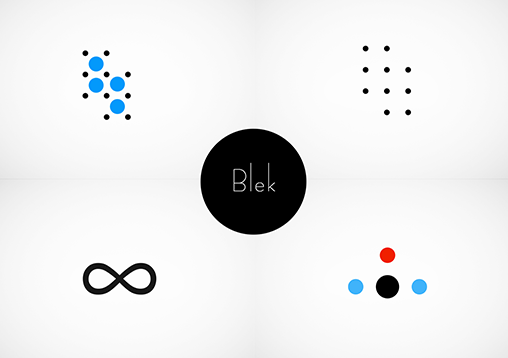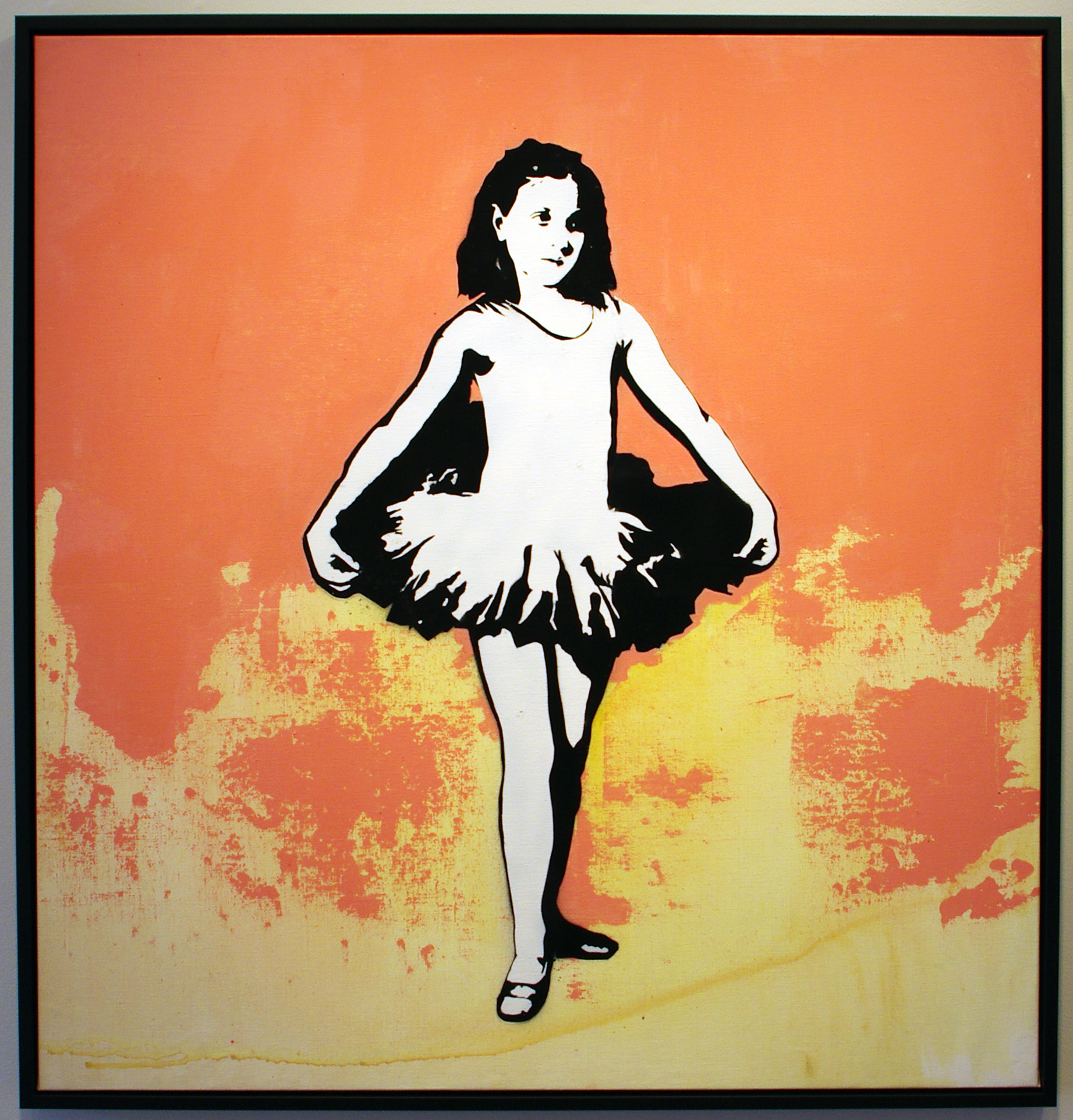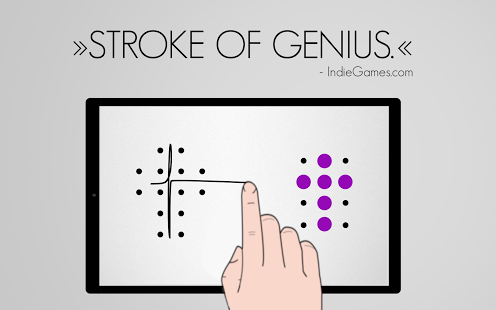
In a complex double entendre characteristic of Banksy’s print-based works, the violence of the print's handwritten message contrasts with the peace sign, or CND symbol, held around the rat’s neck. Handwritten in bright red splattered paint, the text is reminiscent of blood. Said rat, painted in Banksy’s typical black and white stencilled style, stands up on its hind legs holding a placard complete with the words ‘ Welcome To Hell’. If you don’ t have an invite for the show tonight you can always pop along to the London Graphic Centre in Covent Garden.Part of the 2004 Placard Rat print series, Welcome to Hell shows Banksy’s iconic stencilled rat character, clutching a protest placard. The show will feature many new works as well as iconic images tracing the history of Blek’s career, along with a number of prints.

To celebrate the book launch the Black Rat Gallery is staging the largest Blek exhibition to date. In recognition of this Thames & Hudson have published a retrospective book entitled, Blek Le Rat: Getting Through the Walls. This is essentially the blueprint street artists the world over are still reading from today.

Blek has always used his art as both a democratic means of bringing the gallery walls to the people and to change the way we interact with the urban spaces around us. It was Blek’s silhouette stencil of a rat (an image Banksy was later to adopt for Bristol and London) in 1981 that broke away from the graffiti political slogans and injected it with a fresh new language of political art. Banksy is on record as saying that, “Every time I think I’ve painted something slightly original, I find out that Blek LeRat has done it as well.

Almost all of whom arrived a whole generation after Blek started hitting the streets of Paris back in the early eighties.

Considered to be the father of stencil street art, Blek Le Rat (aka Xavier Prou) has had a profound influence on today’s current crop of street artists.


 0 kommentar(er)
0 kommentar(er)
